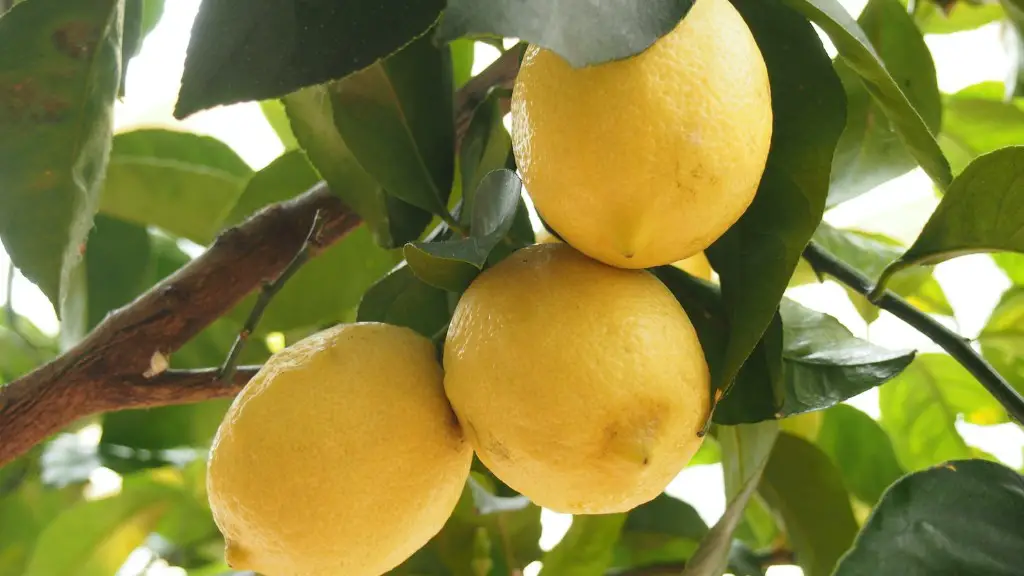The avocado tree, a tropical evergreen species of the Lauraceae family, is a resilient and long-lived plant native to Mexico and Central and South America. Also known as an alligator pear or “butter fruit”, this beloved tree is prized for its edible fruit, and is now cultivated in many parts of the world, including the United States. But how long does it take an avocado tree to produce fruit?
The answer to this question depends on several factors, including the age, type and environment of the tree. Generally, it takes 5 to 13 years for an avocado tree to bear fruit. The time frame for production can be impacted by the region where the tree is planted, the selection and care of the tree, and the type of avocado. It also can take up to 1 year for a single fruit to reach maturity after it is pollinated.
Avocado trees are divided into two types, based on their flowering and fruit production: type A and type B. Type A trees produce flowers that do not open until shortly after sunrise. This means that they’re only available to bee pollinators for a few hours each day. Type B trees, on the other hand, produce flowers that stay open for most of the day, which gives the pollen more opportunity to reach other trees.
The environment plays a major role in the speed at which an avocado tree produces fruit. Trees need full sun and ample irrigation during the flowering season. Trees in dry, windy areas can take much longer to produce fruit than those in more humid regions where the climate is suitable for honeybees to pollinate the flowers.
The selection and care of the tree are also important for successful fruit production. An avocado tree should have good fertility and be properly pruned and fertilized. Proper nutrition and water are essential to the availability and development of pollen-laden flowers, which are required for fruit production.
The type of avocado also affects the amount of time it takes for a tree to produce fruit. Some varieties bear fruit within 2 or 3 years. However, it can take up to 13 years for some varieties to bear fruit. California avocados generally take the longest to produce fruit. It also takes longer for Hass avocados, the most widely grown type, to bear fruit (about 6 or 7 years).
Soil Preparation and Planting
In order to produce fruit, the soil that the tree is planted in needs to be properly prepared. This might involve the addition of composted soil and fertilizer for best results. It’s important to keep in mind that avocados prefer well-drained soil with a pH of 6 to 6.5 for optimum growth. Planting should be done in spring or early summer so that the young tree has time to become established before experimental cold weather.
Managing Pests and Diseases
Avocados are relatively hardy fruit trees, but they can be vulnerable to certain pests and diseases. Good management practices, such as proper pruning, regular fertilizing, adequate irrigation and effective pest control, can help prevent pest and disease problems. It’s also important to make sure that the tree isn’t overcrowded. By giving the tree enough space to breathe, it will be more likely to produce flowers, making it possible for the tree to start producing fruit.
Harvesting and Storing
Harvesting avocados is highly dependent on the variety, but as a general rule, avocados ripen on the tree. It’s best to wait until the avocados turn a deep purple-black color before they’re picked to make sure they’re ripe. Avocados are one of the few fruits that can be stored at room temperature. However, they will only last a few days, so it’s best to eat them quickly or store them in the refrigerator for up to a week.
Ongoing Maintenance
To ensure that fruit production is constant, it’s important to maintain the tree and provide it with the proper care. Regular fertilization and pruning are essential for a healthy tree. Weeding and mulching should also be done to ensure that the avocado tree is free from competition from other plants and free of moisture-trapping weeds.

